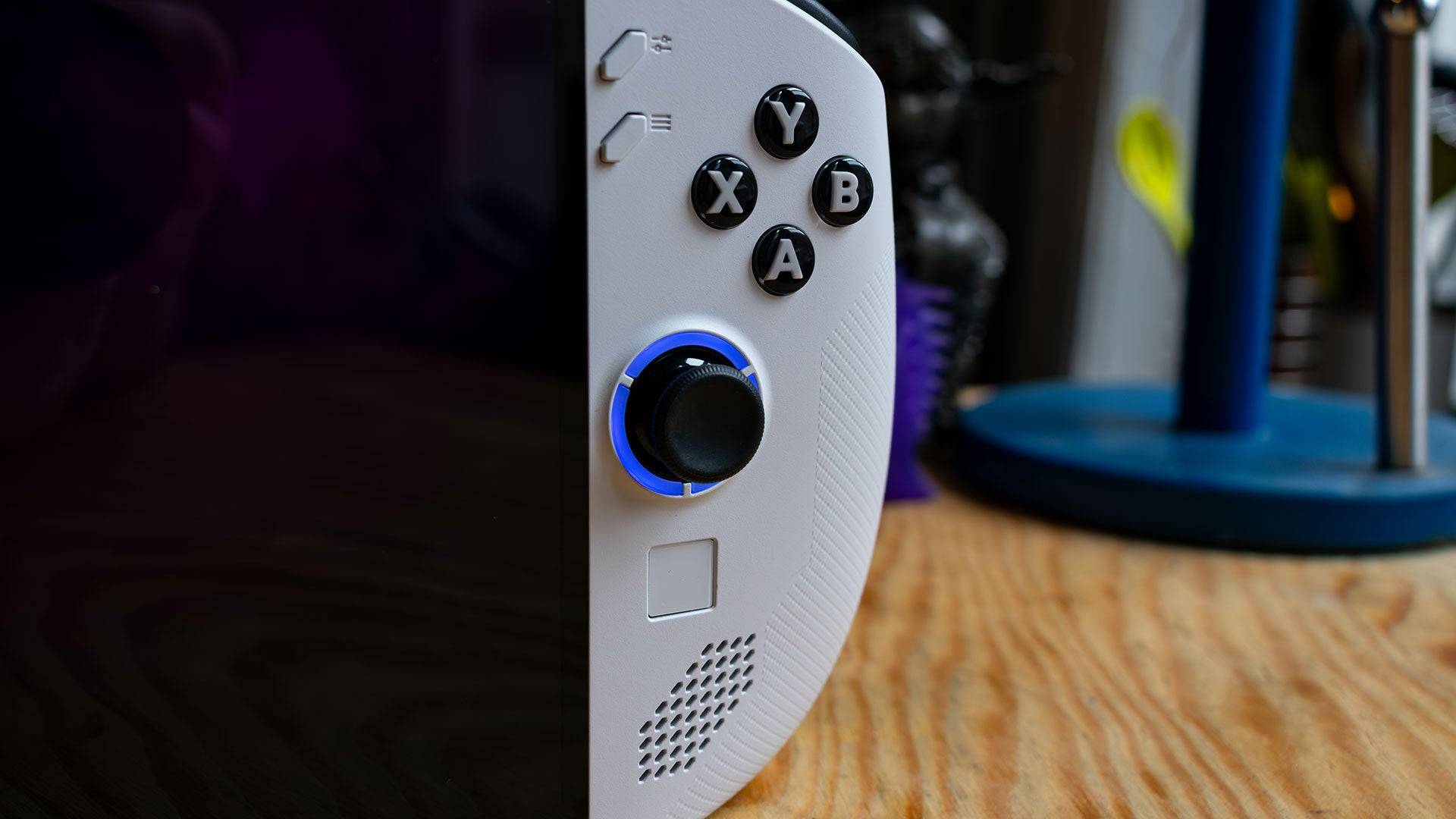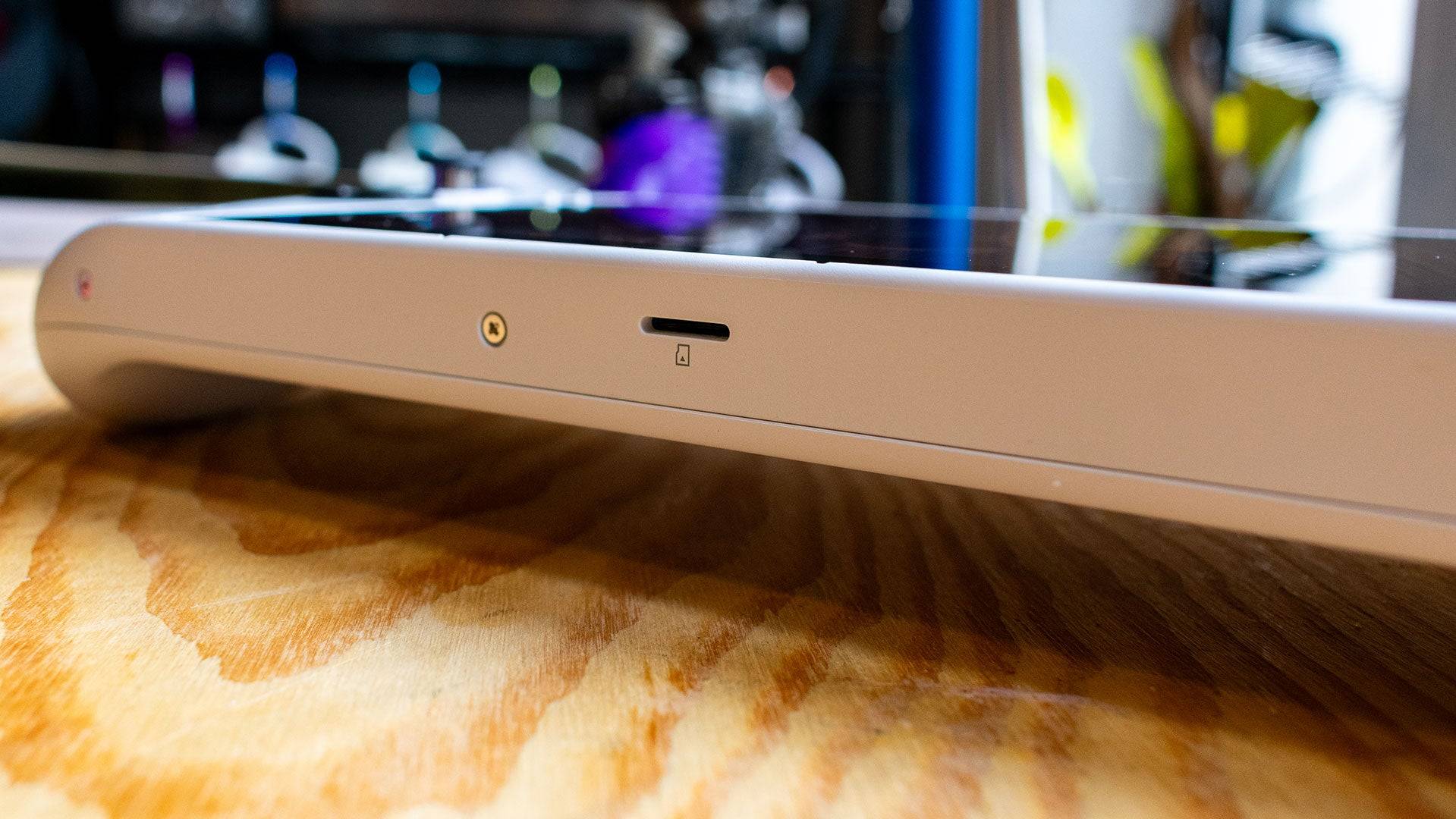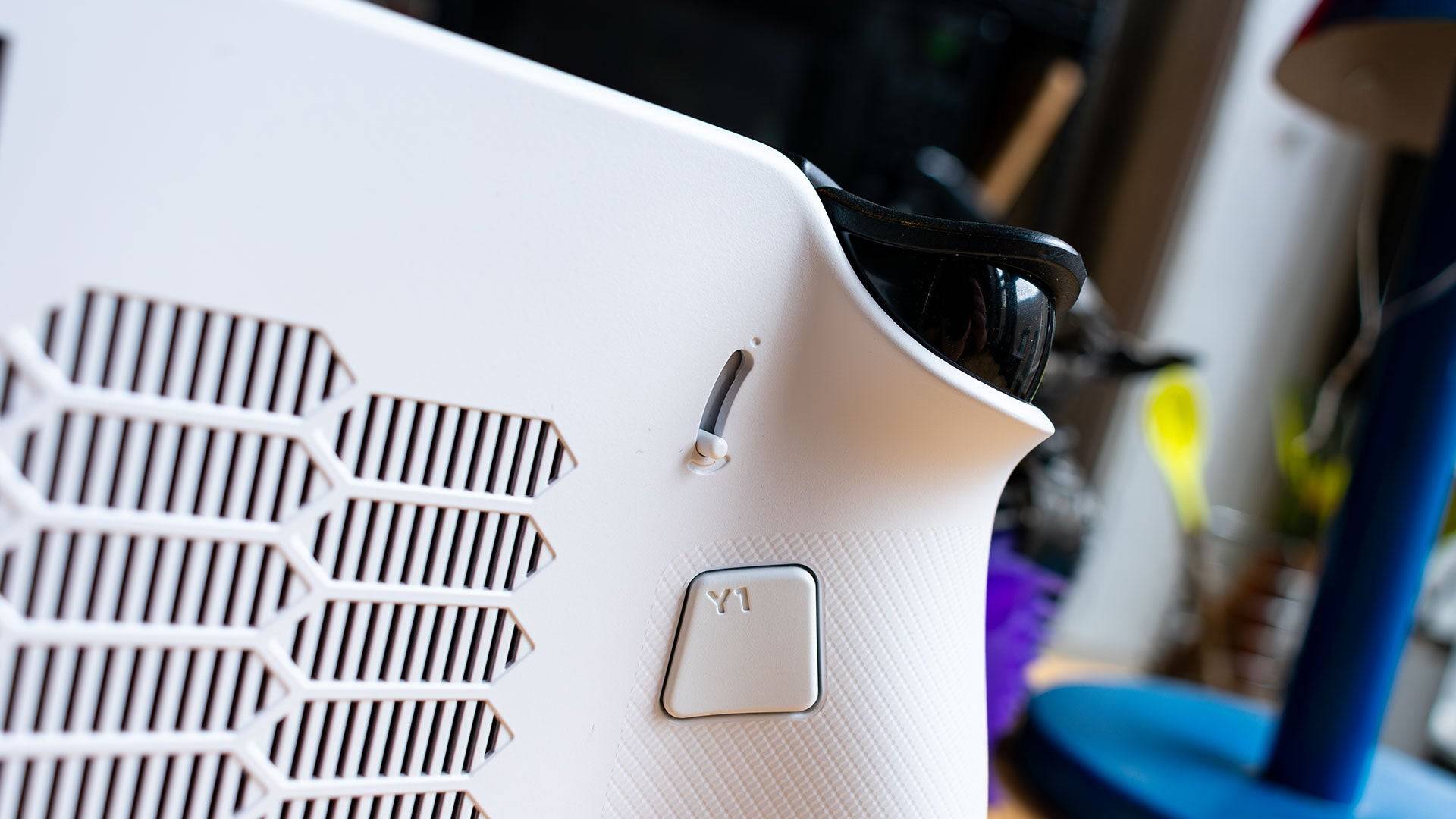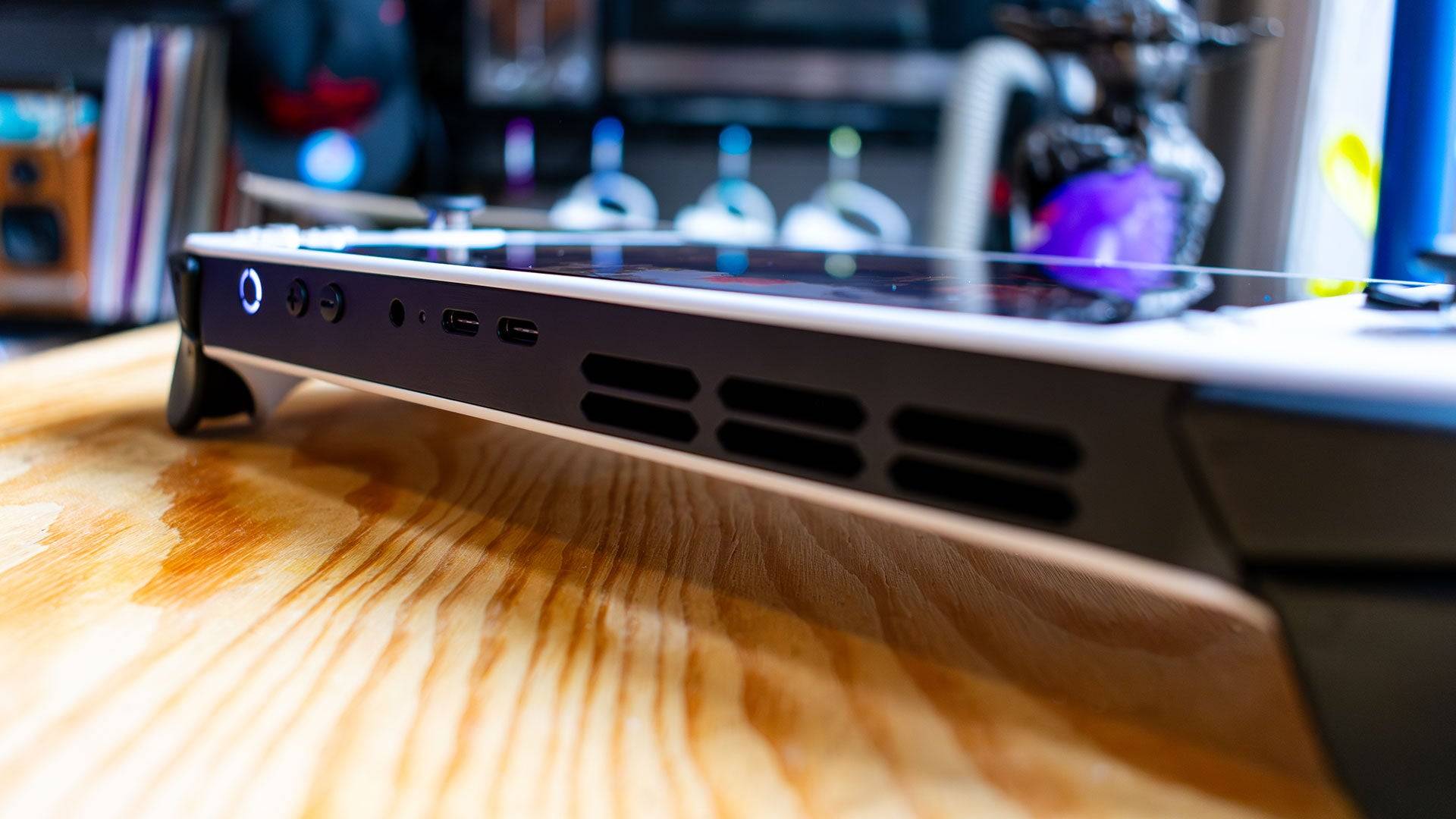Handheld gaming PCs have surged in popularity in recent years, largely thanks to the success of the Steam Deck. Following this trend, Lenovo has introduced the Lenovo Legion Go S, which positions itself closely to the Steam Deck in concept but offers unique features of its own. Unlike its predecessor, the original Legion Go, the Legion Go S features a unibody design, moving away from the Switch-like detachable controllers and simplifying the array of dials and buttons. A notable upcoming version of the Legion Go S will run SteamOS, the Linux-based operating system that powers the Steam Deck, marking it as the first non-Valve handheld to do so. However, the version reviewed here runs Windows 11, and at $729, it faces stiff competition among similar Windows 11 handhelds.
Lenovo Legion Go S – Photos

 7 Images
7 Images


 Lenovo Legion Go S – Design
Lenovo Legion Go S – Design
The Lenovo Legion Go S adopts a design more akin to the Asus ROG Ally than its predecessor. Its unibody structure enhances user-friendliness, making it comfortable to hold during extended gaming sessions. Despite its ergonomic design, the device's weight of 1.61 pounds is notable, slightly lighter than the original Legion Go but heavier than the Asus ROG Ally X.
The Legion Go S boasts an impressive 8-inch, 1200p IPS display, rated for 500 nits of brightness, delivering stunning visuals across a variety of games. Available in Glacier White and Nebula Nocturne, the latter reserved for the upcoming SteamOS version, the device also features customizable RGB lighting around the joysticks.
The button layout on the Legion Go S is more intuitive than the original, with standard placement for 'Start' and 'Select' buttons. However, Lenovo's unique menu buttons can be confusing initially. The touchpad, while smaller than its predecessor, aids in navigating Windows, though it presents some challenges. The programmable 'paddle' buttons on the back are clickier and have more resistance, reducing accidental presses, while the trigger travel distance can be adjusted, albeit with limited settings.
The top of the device includes two USB 4 ports, but the placement of the MicroSD card slot on the bottom could be inconvenient when using a dock.
Purchasing Guide
The reviewed Lenovo Legion Go S, equipped with a Z2 Go APU, 32GB of LPDDR5 RAM, and a 1TB SSD, is available starting February 14 for $729.99. A more budget-friendly option with 16GB of RAM and a 512GB SSD will launch in May for $599.99.
Lenovo Legion Go S – Performance
The Lenovo Legion Go S is powered by the AMD Z2 Go APU, a chip using older Zen 3 and RDNA 2 technologies, which impacts its performance relative to competitors like the original Legion Go and the Asus ROG Ally X. Its slightly larger 55Whr battery offers a reduced lifespan compared to its predecessor, likely due to the less efficient CPU architecture.
In benchmark tests, the Legion Go S lags behind, but it performs adequately in games when settings are adjusted. For instance, it achieves 41 fps in Hitman: World of Assassination and 22 fps in Total War: Warhammer 3 at 1080p with Ultra settings. In Cyberpunk 2077, it manages 21 fps on Ultra without ray tracing but improves to 41 fps on Medium settings. However, it struggles with demanding titles like Horizon Forbidden West.
Despite its performance limitations, the Legion Go S excels with less demanding games, showcasing vibrant visuals and maintaining high frame rates.
Wait, It’s More Expensive?
Surprisingly, the Lenovo Legion Go S is priced at $729, higher than the original Legion Go, despite its weaker APU and lower resolution display. This pricing is justified by the inclusion of 32GB of LPDDR5 memory and a 1TB SSD, though the slower memory speed might hinder performance. Users can manually adjust the frame buffer in the BIOS to improve performance, but this process is not user-friendly.
For most users, the 32GB of memory is excessive for a handheld gaming PC, and the upcoming $599 model with 16GB of RAM offers better value, making it a more appealing option in the market.
















